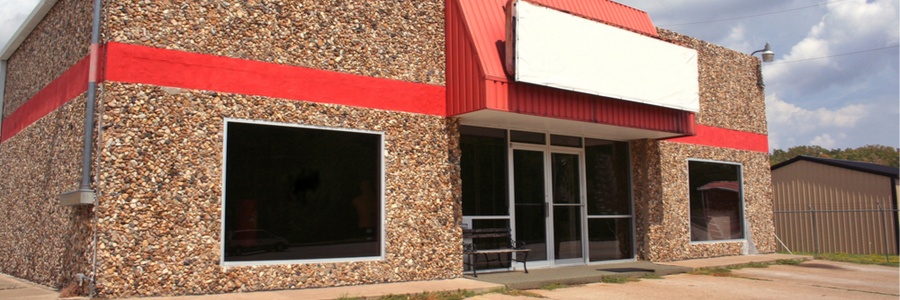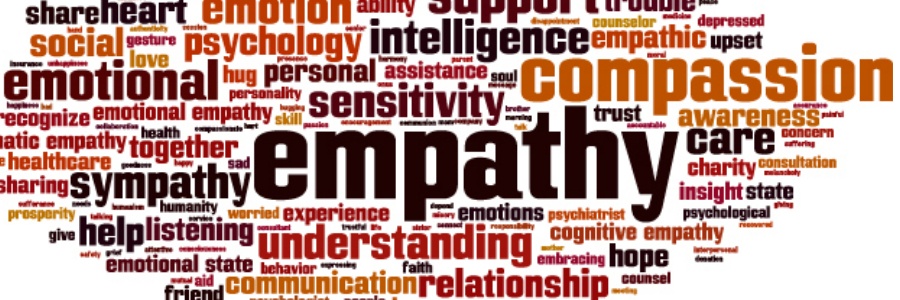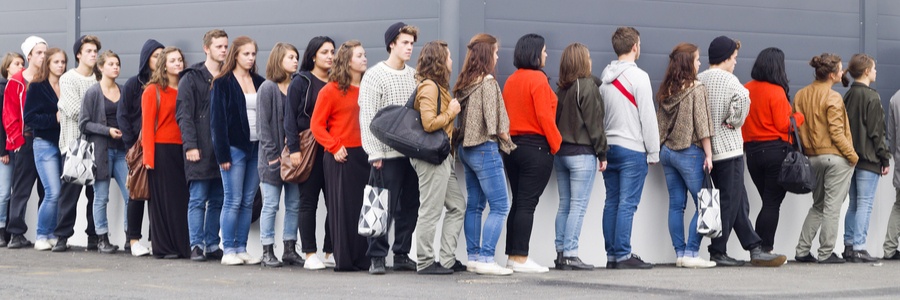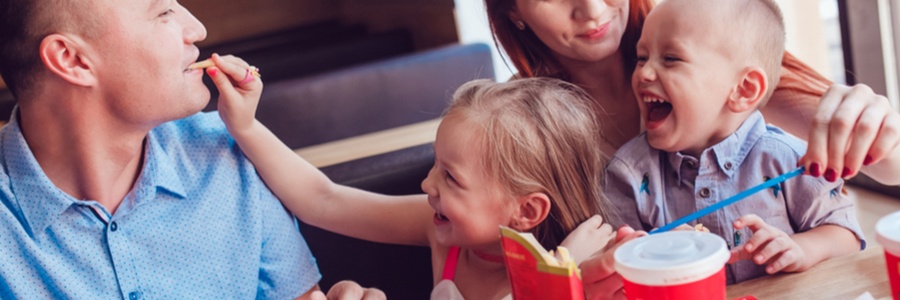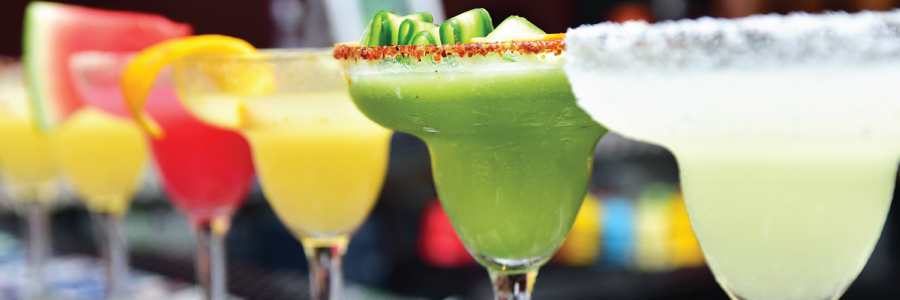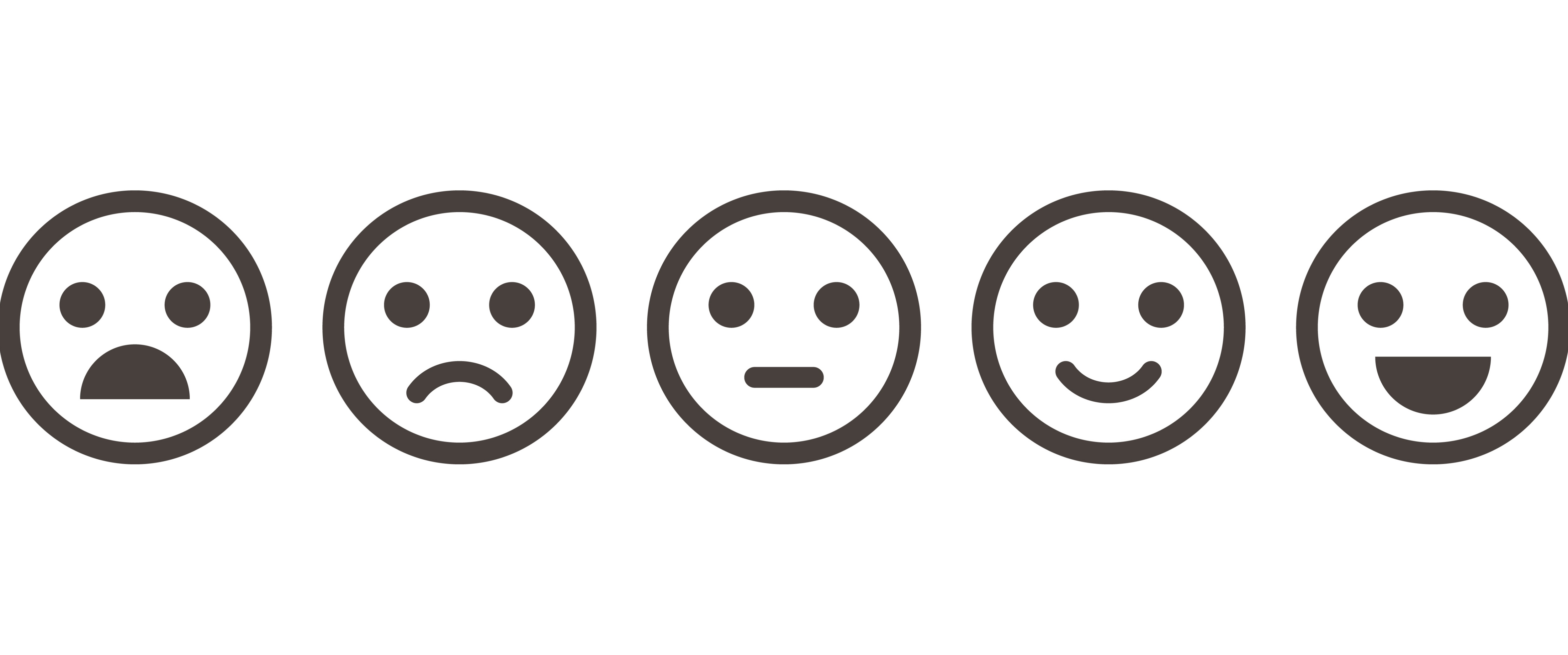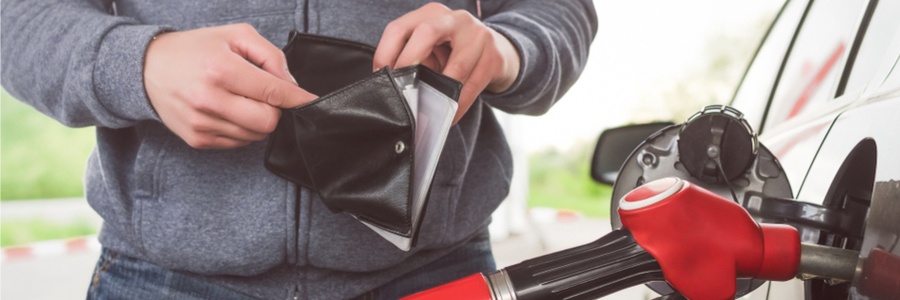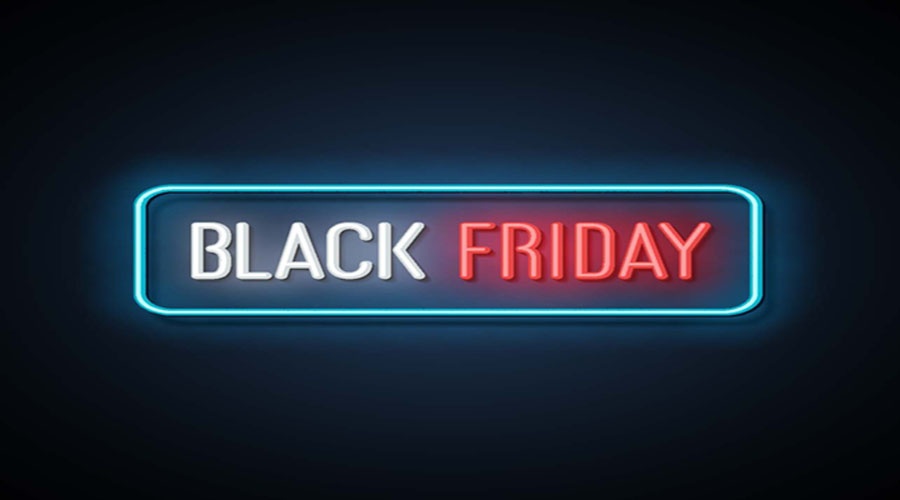
Retailers’ and product manufacturers’ bottom lines hang in the balance on Black Friday. We followed validated, first-party consumers from store to store during their buying journeys on the big day, and here’s some of what we discovered:
- Consumers did their part for retailers by going bargain-hunting instead of going to the gym.
- With their refrigerators stuffed with Thanksgiving leftovers, they understandably avoided grocery aisles.
- Faced with those leftovers at home, they were not entirely averse to eating out, especially at chains commonly located in shopping malls.
- However, as KFC can attest, quick-serve meals featuring poultry with biscuits, mashed potatoes and gravy can be a hard sell the day after Thanksgiving.
Here are some highlights that can be observed on MFour’s consumer-journey visualization tool, Path-2-Purchase® Platform. It continuously tracks the daily location visits of 2.5 million first-party U.S. consumers who have downloaded the Surveys On The Go® mobile research app. Members doubly opt in to allow location tracking via their smartphones across 12.5 million locations, enabling them to receive in-store and after-visit survey opportunities for location-based research.
The figures compare observed retail visits on Black Friday, Nov. 23, with the average number of visits to each retailer or restaurant over the five previous Fridays from Oct. 19 to Nov. 16.
- About those absences from the gym: top fitness chains experienced drop-offs of 20% (at Anytime Fitness) to 66% (at Equinox). LA Fitness was in the middle with a 38% decrease in foot traffic.
Instead, shoppers flocked to the stores en masse, and many retailers saw foot traffic soar by factors of two, three, four and five over their recent Friday averages. However, to see those results you will have to wait for in our 2018 Black Friday Study webinar on December 12th at 10 a.m. Pacific/1 p.m. Eastern (which you can register for below). In the meantime, here are some other insights we gleaned from Black Friday:
- It was a more normal Friday at club stores: Costco saw a 12% increase and Sam’s Club a 10% boost.
- If working off calories in a gym wasn’t on most consumers’ agendas, they were certainly thinking about getting active in the future: Dick’s Sporting Goods boosted its foot traffic 483% above recent Friday norms, and Bass Pro Shops enjoyed a 474% upsurge.
- It was generally a down Friday for quick-serve restaurants, with Taco Bell, McDonald’s and Subway off 13% to 19% from their recent norms.
- But some restaurants that typically are inside or in close proximity to malls succeeded in refilling stomachs that had gotten over their Thanksgiving heroics. Johnny Rockets (278%), Cinnabon (147%), Sbarro (89%) and The Cheesecake Factory (55%) were busier than their usual Friday.
- And chicken didn’t seem quite so alluring as usual after a day of poultry overload. KFC’s foot traffic was down 41% and Chick-fil-A was off 19% from recent Friday averages.
- Grocery stores were down, with Albertsons, Kroger and Winn-Dixie stores averaging an aggregate slacking off of 31% from their recent Friday norms.
While it’s well worth targeting, tracking and observing demographically profiled consumers’ visitation patterns, there’s more to be done to understand their motivations and their shopping experiences. The key is being able to locate and survey them in real time, during or just after a shopping visit. That will be the subject of “Black Friday Consumer Study – the `Why’ Behind the Buy,” a webinar MFour is offering Wednesday, Dec. 12 at 10 a.m. Pacific/1 p.m. Eastern. To sign up, just complete the form below.

